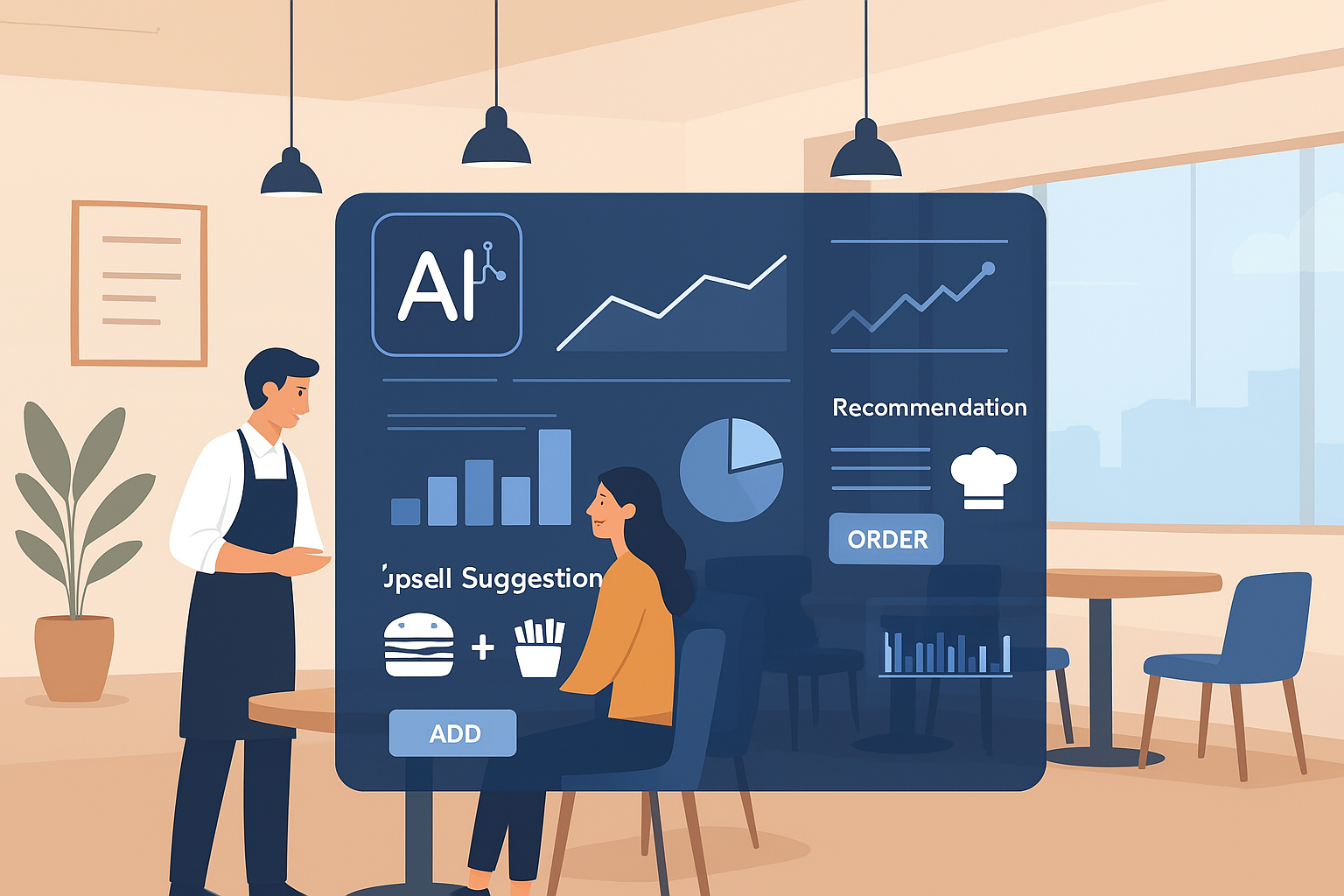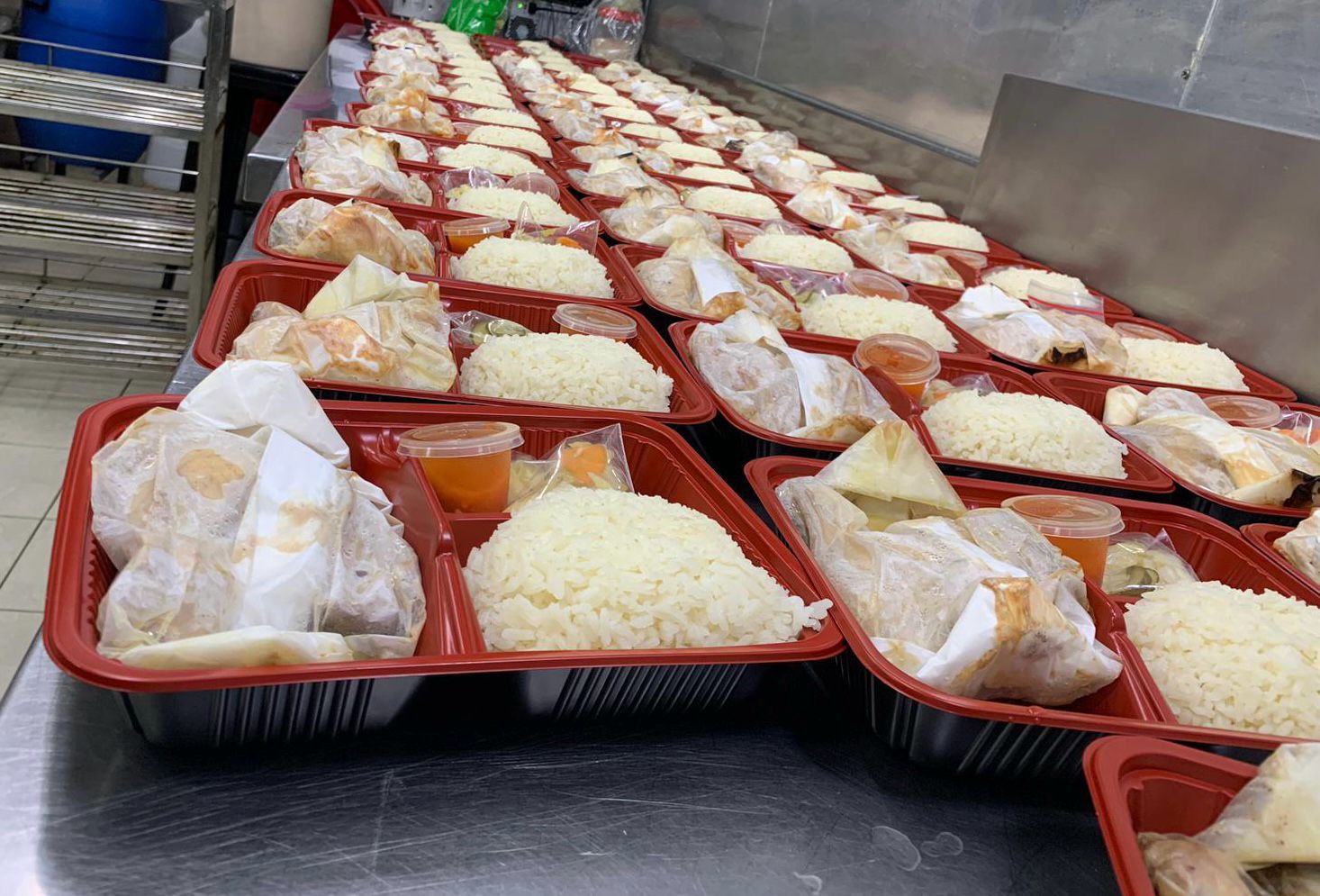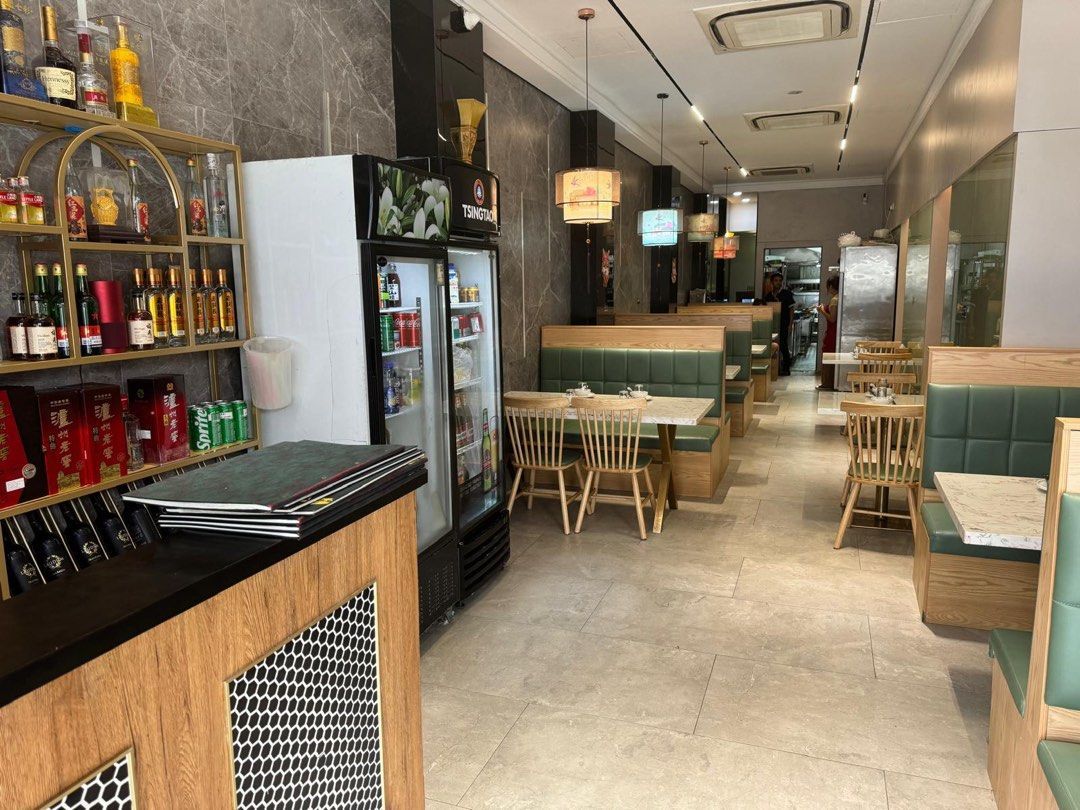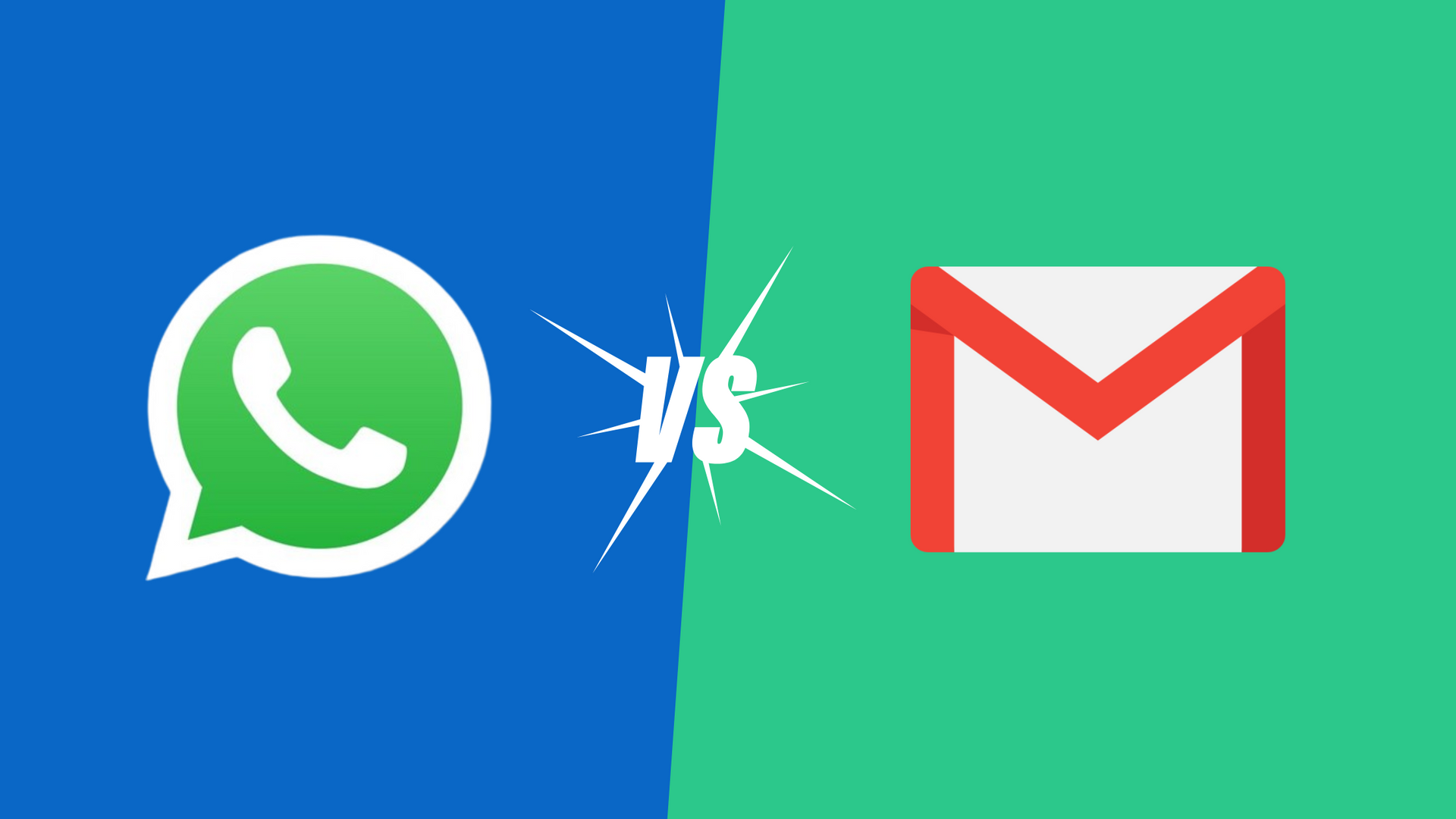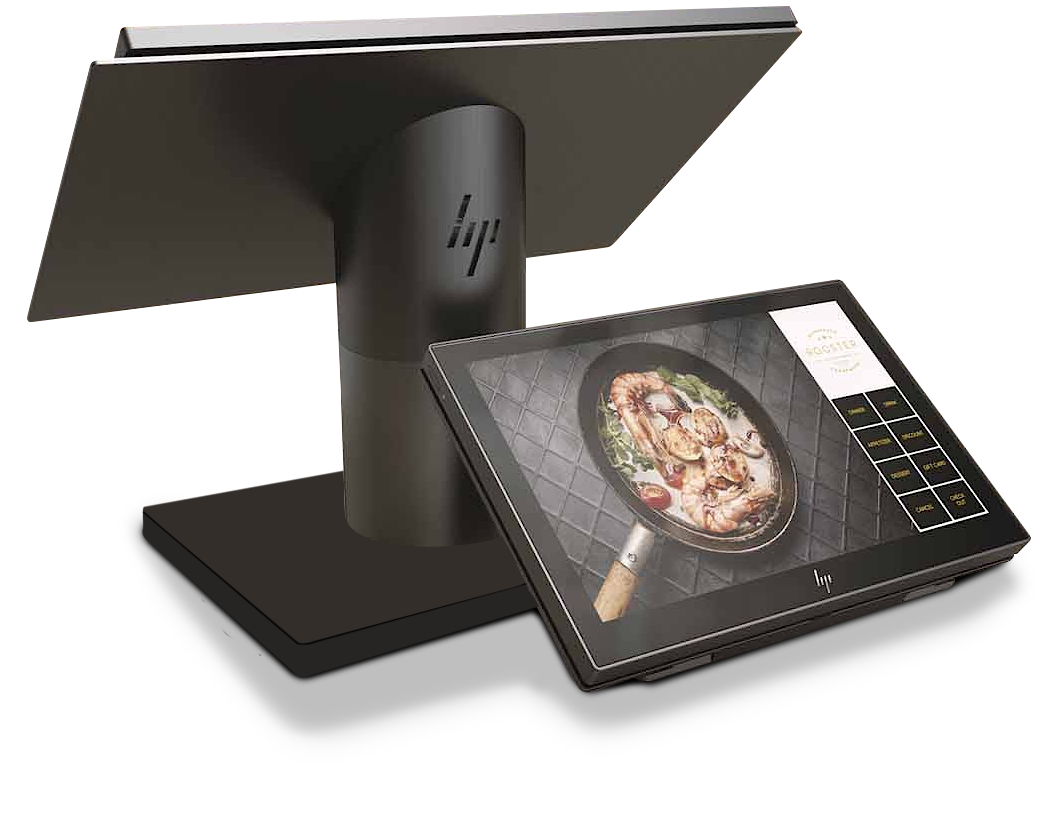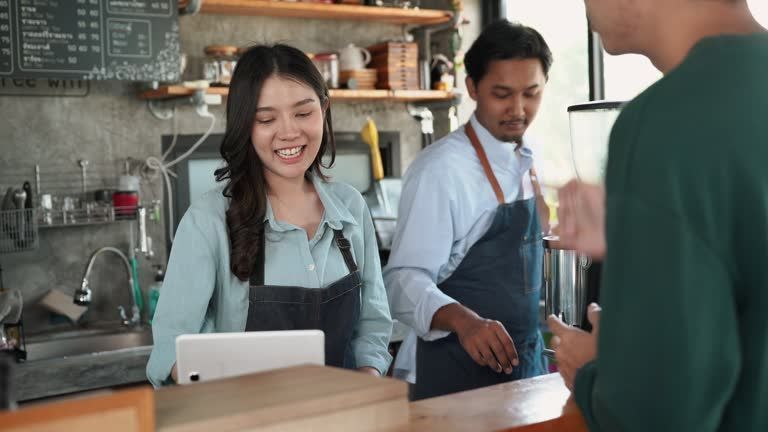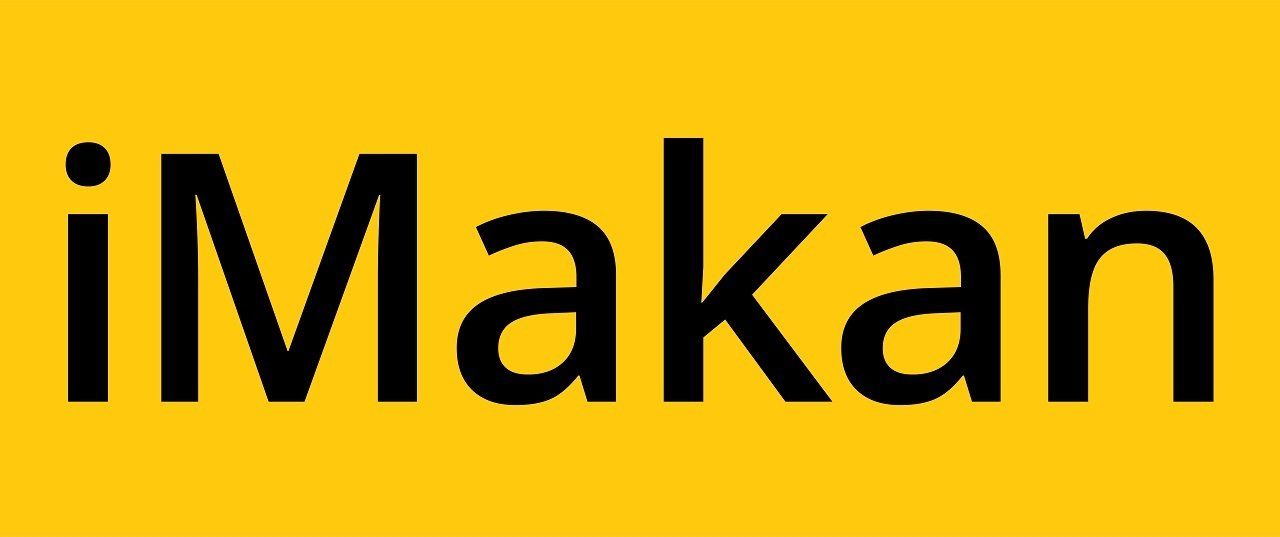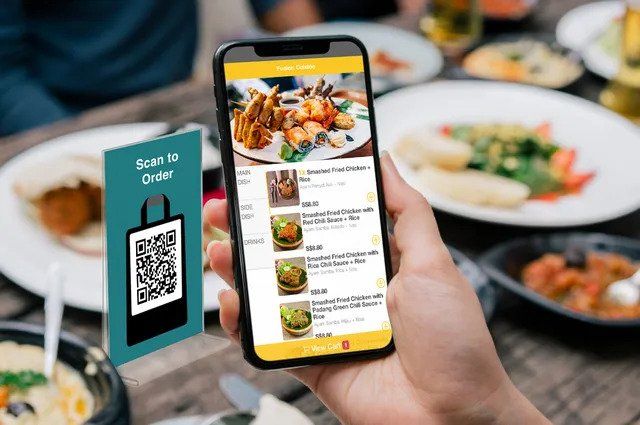
In today's news(14/05/2021), Singapore has announced the suspension of dining in WEF 16/03/2021. This is news that we at iMakan never wanted to hear again. However, these are necessary measures to keep Singapore safe.
Hence, adapting to the uncertain times during this pandemic is the best way to overcome these challenges.
For iMakan’s Existing F&B Merchants
You are all set. iMakan is ready with self-collection and delivery capabilities. We have been boosting up our features throughout the past year and will ramp up our support levels to help you adapt and ride through these challenges. So, maximise the use of iMakan self-ordering for self collection and delivery to reduce the impact of dine-in suspension.
For F&B merchants who are not on board with iMakan yet
We got you covered! In light of the new Covid 19 restrictions announced, we have launched iMakan Lite, a solution that helps you get online food orders from your customers, who can then self collect or choose to have their food delivered to them, with no setup or onboarding cost and low delivery/online payment transaction fees (8% commission).
How iMakan differs from food delivery platforms
Even though well-established food delivery platforms like Grab, FoodPanda and Deliveroo are great ways to get more orders online, they offer tons of F&B brands and promotions to consumers which sways them away from your F&B brand.
Instead iMakan will help you to:
- Keep your customers on your own ordering channel rather than being distracted by other F&B’s promotion from the same food ordering platform. So your customers can zoom into what you have to offer and order from you.
- Grow your repeat customer base and boost their retention rates by collecting member's data which you can use for retargeting and promoting, running a loyalty programme based on a points system.
- Build your brand awareness among consumers. Consumers who order from food delivery platforms may not even remember the F&B brand they ordered from due to promotional distractions.
- Boost revenue by getting more orders through multiple channels while managing them on a centralized system.
iMakan helps F&B merchants to digitalize ordering process through multiple channels such as QR ordering, self ordering kiosk. Full iMakan version is seamlessly integrated with MEGAPOS POS system to consolidate all your orders into one device for easy operation.
Contact us to transform your business today with iMakan to build a sustainable F&B business during these uncertain times by simply dropping your contact details below!
